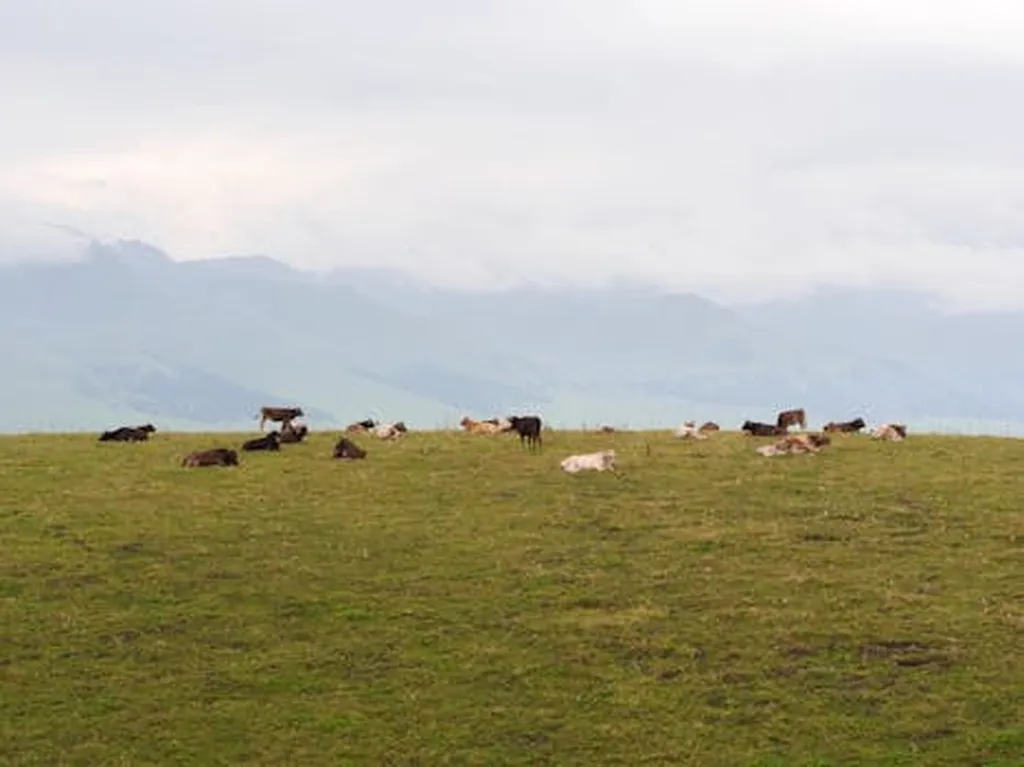In the ever-evolving landscape of agricultural technology, a groundbreaking development has emerged that promises to revolutionize farmland segmentation. Researchers, led by Dr. Chao Tao from the School of Geosciences and Info-Physics at Central South University in Changsha, China, have introduced a novel dataset that combines image and text data to better understand the spatiotemporal characteristics of farmland. This innovation, detailed in a recent study published in *Earth System Science Data* (which translates to *地球系统科学数据* in Chinese), could significantly impact the energy sector by enhancing the precision of agricultural monitoring and management.
The study addresses a critical gap in current deep learning paradigms, which rely solely on labeled data and struggle to capture the dynamic temporal evolution and spatial heterogeneity of farmland. “Traditional methods often fall short in representing the complex spatial relationships between farmland elements and their surrounding environments,” explains Dr. Tao. “By integrating language-based descriptions, we can explicitly express the spatiotemporal characteristics of farmland, such as its shape, distribution, and environmental context.”
The FarmSeg-VL dataset, the first of its kind, includes fine-grained image-text pairs that cover eight typical agricultural regions across China, spanning approximately 4,300 square kilometers. The dataset is unique in its temporal coverage, encompassing all four seasons, and its rich semantic content, which includes inherent properties, phenological characteristics, spatial distribution, topographic features, and surrounding environmental information.
To ensure high data quality and efficiency in dataset construction, the researchers developed a semi-automatic annotation method that accurately assigns captions to each image. This method not only improves the efficiency of dataset construction but also ensures semantic richness, making it a valuable resource for future research.
The study’s findings are compelling. Models trained on the vision-language paradigm outperformed traditional deep learning models that rely solely on labels by 10% to 20%. This significant improvement highlights the potential of the FarmSeg-VL dataset as a standard benchmark for farmland segmentation. “The integration of language and imagery allows us to better understand the complexities of farmland dynamics,” says Dr. Tao. “This can lead to more accurate and efficient agricultural practices, ultimately benefiting the energy sector by optimizing land use and resource management.”
The implications of this research are far-reaching. By providing a more comprehensive understanding of farmland characteristics, the FarmSeg-VL dataset can enhance precision agriculture, improve crop monitoring, and optimize resource allocation. For the energy sector, this means more efficient use of land for bioenergy crops, better management of agricultural waste for energy production, and improved integration of agricultural practices with renewable energy systems.
As the world continues to grapple with the challenges of climate change and sustainable development, innovations like the FarmSeg-VL dataset offer a glimpse into a future where technology and agriculture converge to create more resilient and efficient systems. The dataset is now publicly available, inviting researchers and practitioners to explore its potential and contribute to the ongoing evolution of agricultural technology.
In the words of Dr. Tao, “This is just the beginning. The integration of language and imagery in agricultural research opens up new avenues for innovation and discovery, paving the way for a more sustainable and efficient future.” As the agricultural and energy sectors continue to evolve, the insights gained from this research could shape the development of new technologies and practices, ultimately benefiting both industries and the environment.

